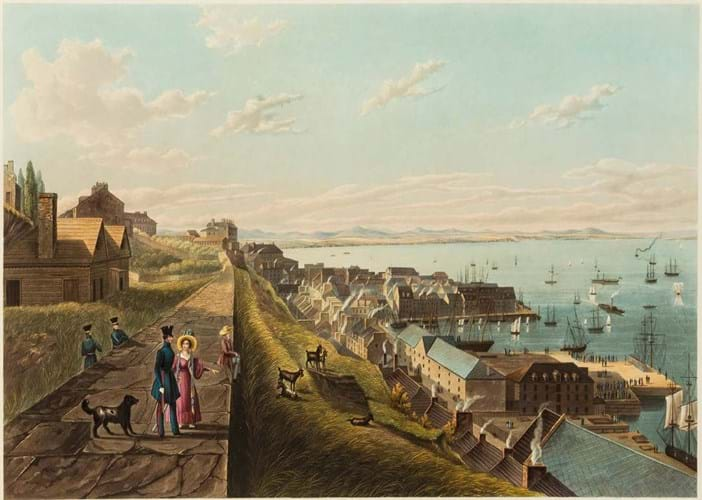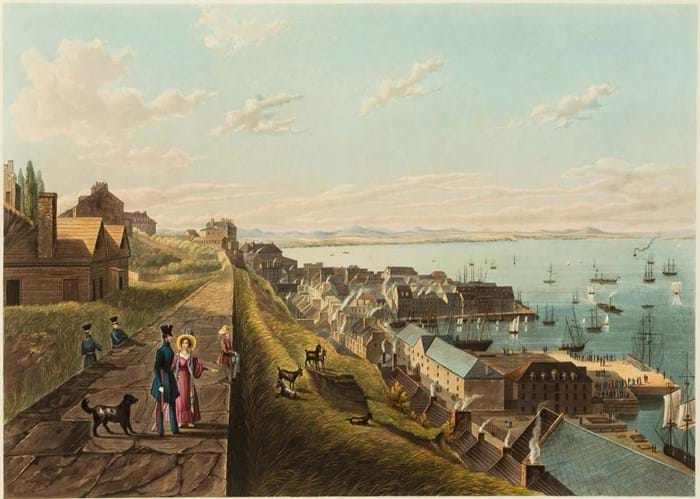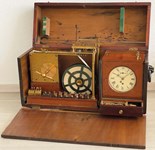
The Lower City of Quebec, from the Parapet of the Upper City from a full set of Canadian scenes by James Pattison Cockburn sold at Forum Auctions for £130,000.
Twelve hand-coloured elephant folio aquatints – six of Quebec City and six of Niagara Falls – make the set. Engraved and published by Ackermann & Co, London, in 1833, they are today the most celebrated 19th century prints of Canada.
In the catalogue accompanying the National Gallery of Canada exhibition Lord Dalhousie: Patron and Collector (2008), curator René Villeneuve describes the series as “unrivalled in terms of complexity and difficulty”.
Near-perfect condition
The set of prints offered at Forum’s May 26 sale of Fine Books, Manuscripts and Works on Paper was in near-perfect condition. Stored for many years, its existence apparently unknown to current generations of the family, it was found by head of books Rupert Powell during a valuation call in East Anglia.

The Lower City of Quebec, from the Parapet of the Upper City from a full set of Canadian scenes by James Pattison Cockburn sold at Forum Auctions for £130,000.
He noted another set offered in two separate suites of six as part of the Winkworth collection of Canadiana at Christie’s South Kensington in 2015 (sold then at £29,000 and £40,000) but was unable to trace another example of both Cockburn suites together in a contemporary binding. This copy bound in half morocco with blue marble boards was titled Canadian Scenery Cockburn and Views in the Canadas. It had the bookplate of Jeremiah James Colman (1830-98) of Norwich mustard fame.
The set carried a guide of £30,000-40,000. After bidding on the phones and the internet, it finally sold to a North American phone bidder.
Although he was born in New York, Cockburn trained at the Royal Military Academy in Woolwich and was taught to draw under the tutelage of the academy’s chief drawing master, Paul Sandby (1731-1809). He spent two periods in Canada during a long and well-travelled military career – from November 1822 to June 1823 and then April 1826 to August 1832, this second posting prompting some of his finest work.
Scotsman George Ramsay, 9th Earl of Dalhousie, who was Lieutenant Governor of Nova Scotia from 1816-20, then Governor-in-Chief of British North America (1820-28), was his primary sponsor.














